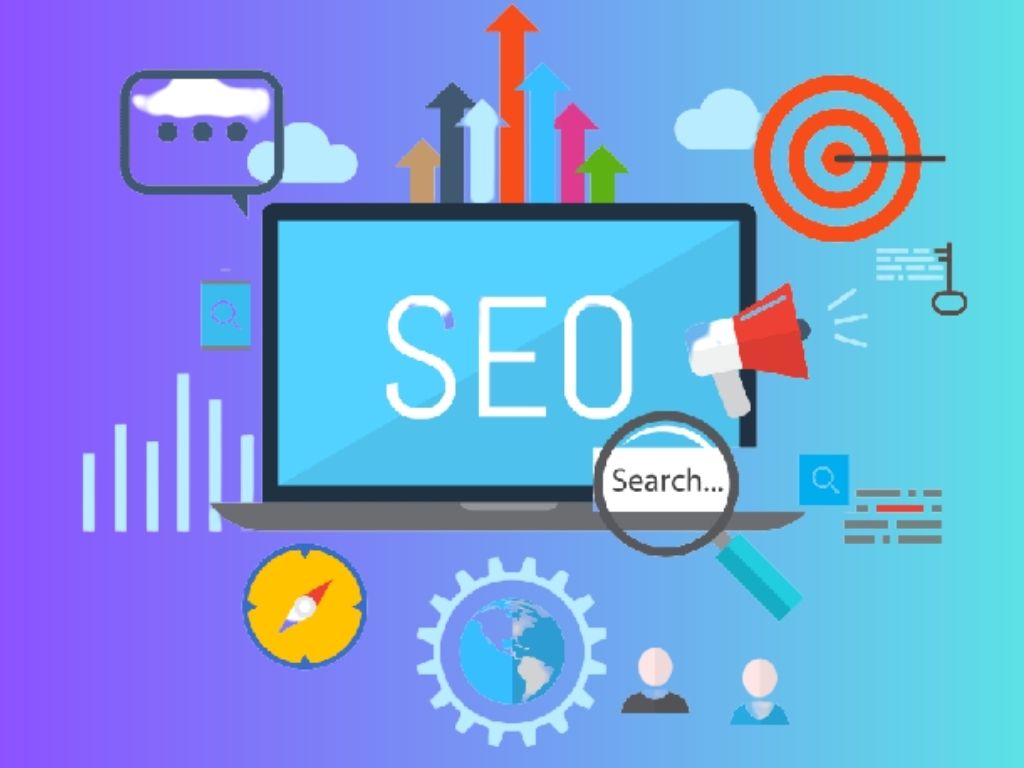Introduction
Want to improve your website’s ranking? On-page SEO is the key! It’s the foundation of a successful SEO strategy. By optimizing key elements on your website, you can enhance its visibility and attract the right audience. Let’s explore actionable tips to master on-page SEO!
What Is On-Page SEO?
On-page SEO refers to optimizing elements directly on your website to boost its visibility in search engines. Unlike off-page SEO, which involves external efforts, on-page SEO focuses on factors you control, such as content, meta tags, and internal linking.
Key On-Page SEO Factors to Optimize
1. Title Tags and Meta Descriptions
Your title tag is the first thing users see on search engine results pages (SERPs). Make it clear, concise, and keyword-rich. A strong meta description complements the title and boosts click-through rates.
Example:
- Title Tag: “12 Proven On-Page SEO Factors to Boost Rankings”
- Meta Description: “Learn essential on-page SEO techniques, including meta tags, keyword optimization, and content structure.”
Image Required: Screenshot of optimized meta tags. Alt Text: Example of optimized meta tags for better SEO.
2.Header Tags (H1, H2, H3)
Headers structure your content and improve readability. Include keywords naturally in headers.
Pro Tip: Use only one H1 per page for clarity.
Image Required: Infographic showing header tag hierarchy. Alt Text: Proper usage of H1, H2, and H3 tags for SEO.
3. URL Structure
A clean, descriptive URL improves user understanding and SEO.
Example:
- Optimized URL: “/on-page-seo-factors”
4. Content Optimization
Your content should provide value. Use primary, secondary, and long-tail keywords naturally. Include semantic terms to boost relevance.
Table: Sample Keyword Integration
| Section | Keyword Usage |
|---|---|
| Introduction | “on-page SEO” |
| Subheadings | “optimize title tags” |
| Body Paragraphs | “internal linking strategies” |
5. Internal Linking
Internal links guide readers to related articles and distribute link equity. For example, explore SEO vs. Local SEO.
Image Required: Diagram of internal link flow. Alt Text: Example of effective internal linking.
6. Image Optimization
Use descriptive file names and alt text for images. Compress images to improve load speed.
Example: File name: “on-page-seo-checklist.jpg” Alt Text: Checklist for on-page SEO optimization.
7. Mobile Friendliness
Ensure your site adapts to various devices. Google prioritizes mobile-first indexing.
Image Required: Screenshot of a mobile-friendly site. Alt Text: Example of a mobile-friendly website layout.
8. Page Load Speed
Faster sites rank better. Use tools like Google PageSpeed Insights to identify areas for improvement.
Advanced On-Page SEO Strategies
Schema Markup
Use structured data to enhance rich results in SERPs. For example, add FAQ schema for more visibility.
Content Freshness
Update old articles. Add new data, examples, or insights. For example, refresh Best Chrome Extensions for Digital Marketers.
Conclusion
On-page SEO is essential for improving visibility and user experience. By optimizing factors like content, meta tags, and internal linking, you can drive more traffic to your website. Start implementing these strategies today!
FAQs
-
What is the most important on-page SEO factor?
Meta tags and high-quality content are critical for success.
-
Can on-page SEO alone boost my rankings?
It’s a vital part, but combine it with off-page SEO for the best results.
-
How do I measure the success of on-page SEO?
Track metrics like organic traffic, bounce rate, and ranking changes using Google Analytics and Search Console.

